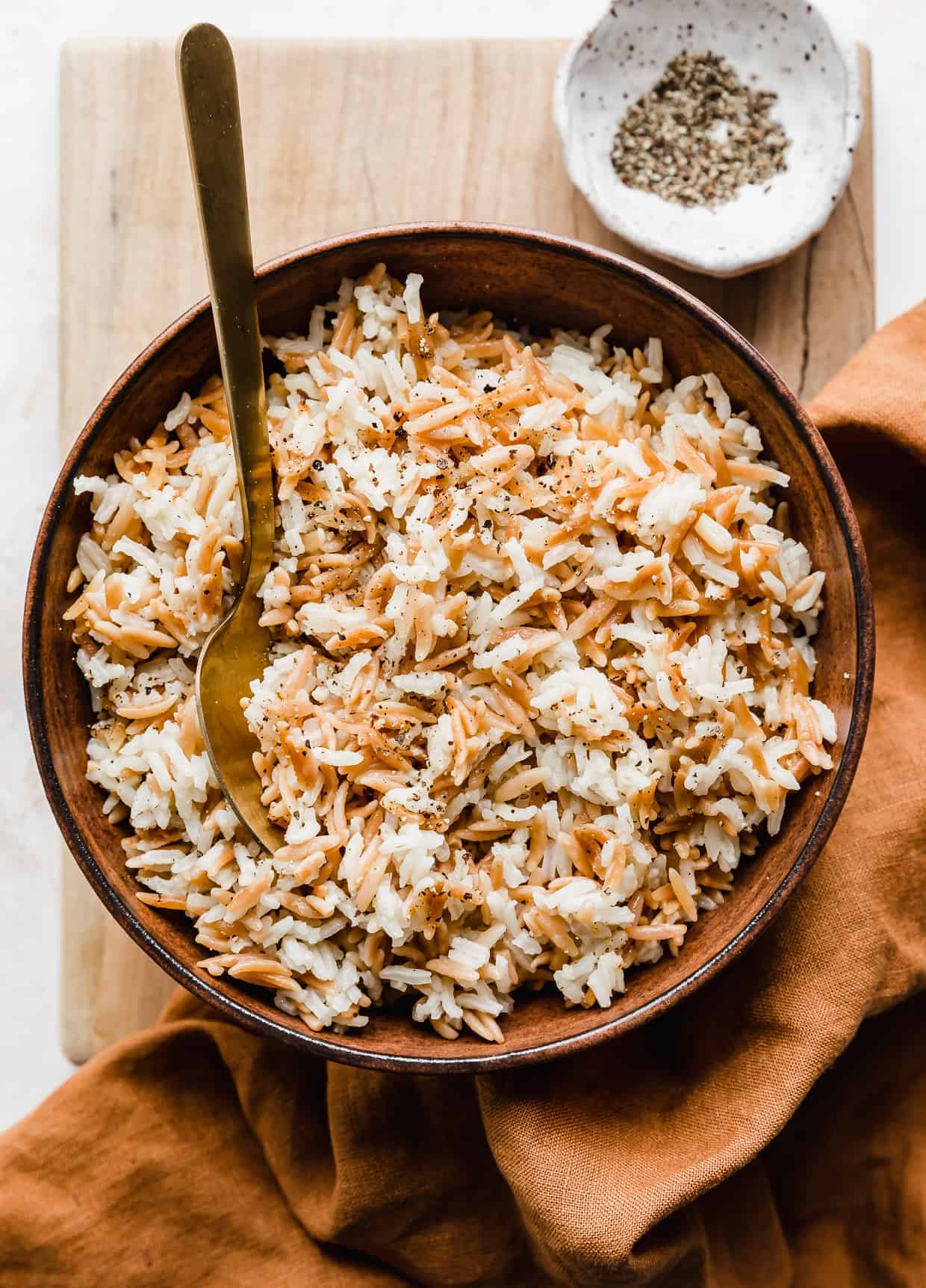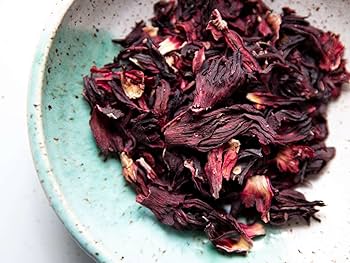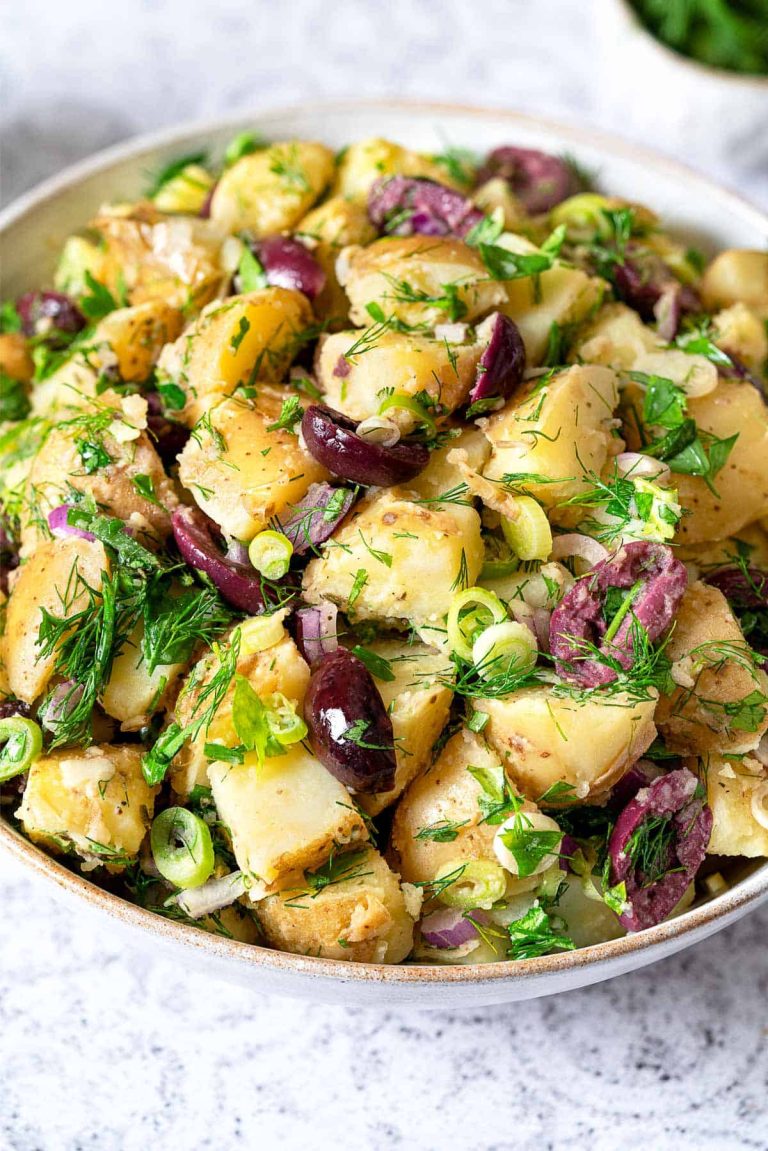Orzo And Rice: Versatile Pantry Staples for Delicious and Nutritious Meals
Orzo is a type of pasta that resembles rice grains but is made from semolina flour. It is versatile and suits various culinary applications, including soups, salads, and pilafs. Cooking orzo is straightforward; it follows the same boiling method used for other pasta. Serve orzo as a side dish or incorporate it into main dishes for added texture and flavor.
What Is Rice?
Rice is a cereal grain that serves as a staple food for over half the world’s population. It comes in many varieties, such as long-grain, medium-grain, and short-grain, each with unique cooking characteristics. Cooking rice involves simmering it in water until it absorbs all the liquid, resulting in fluffy or sticky textures depending on the type. Use rice in dishes ranging from sushi to risotto, demonstrating its global culinary importance.
Key Differences and Similarities
Ingredients and Origins
- Orzo: Made from semolina or whole wheat flour, typically associated with Mediterranean cuisine.
- Rice: A cereal grain, cultivated worldwide with significant cultural and culinary roots in Asia.
Cooking Methods
- Orzo: Cook like pasta until al dente, usually in boiling water for 8-10 minutes.
- Rice: Simmer in water until the grains absorb all the liquid, with cooking times varying by type (e.g., 15 minutes for white rice, 45 minutes for brown rice).
Nutritional Profiles
- Orzo: Higher in protein due to its wheat content, providing around 7 grams per 100 grams.
- Rice: Contains more carbohydrates, with white rice offering about 28 grams per 100 grams.
Culinary Uses
- Orzo: Ideal for pasta salads, pilafs, and soups.
- Rice: Suitable for a wide range of dishes, from sushi and stir-fries to porridge and paella.
| Attribute | Orzo | Rice |
|---|---|---|
| Main Ingredient | Semolina flour | Cereal grain |
| Cooking Method | Boil like pasta | Simmer until water absorbed |
| Protein Content | 7 grams per 100 grams | 2.7 grams per 100 grams |
| Carb Content | 31 grams per 100 grams | 28 grams per 100 grams |
| Common Dishes | Salads, soups, pilafs | Sushi, risotto, stir-fries |
Understanding these differences can help you choose the right ingredient for your dishes, enhancing your culinary repertoire.
Culinary Uses of Orzo and Rice
Using Orzo in Recipes
Orzo serves as a versatile ingredient in many recipes. Due to its rice-like shape, it blends seamlessly into soups, adding texture and depth. For instance, Mediterranean soups often use orzo for its ability to absorb flavors without becoming mushy. Orzo salads make excellent side dishes, particularly when combined with fresh vegetables, herbs, and a tangy dressing. Orzo pilafs, where orzo is toasted before simmering in broth, showcase its ability to retain a firm yet tender bite, making these dishes hearty and satisfying.
Using Rice in Diverse Cuisines
Rice remains a foundational element in global cuisines due to its adaptability. In Asian cuisine, sushi rice stands out for its sticky texture, making it perfect for rolls and sashimi. Risotto, an Italian specialty, relies on Arborio rice, which releases starches to create a creamy consistency. In Middle Eastern dishes, long-grain rice varieties, such as Basmati, provide a fluffy, aromatic accompaniment to spiced meats and vegetables. Rice also features prominently in Latin American cuisine, seen in the iconic Spanish paella that blends seafood, saffron, and short-grain rice into a harmonious dish.
Nutritional Comparison Between Orzo and Rice
Health Benefits of Orzo
Orzo offers several benefits due to its nutritional composition. A typical 2-ounce serving of orzo contains around 200 calories, 7 grams of protein, and less than 1 gram of fat. Orzo is rich in B vitamins, such as thiamine and niacin, which play key roles in energy metabolism. Additionally, orzo contains essential minerals like iron, aiding in oxygen transport, and magnesium, supporting muscle function.
Health Benefits of Rice
Rice provides a range of nutrients that contribute to its health benefits. A 1-cup serving of cooked rice usually offers 200 calories, 4 grams of protein, and negligible fat. Rice is a significant source of carbohydrates, providing energy. It contains essential vitamins and minerals including B vitamins, phosphorus for bone health, and manganese for metabolic regulation. Variants like brown rice offer higher fiber content, promoting digestive health and maintaining stable blood sugar levels.
| Nutritional Aspect | Orzo (2-oz serving) | Rice (1-cup serving) |
|---|---|---|
| Calories | 200 | 200 |
| Protein | 7 grams | 4 grams |
| Fat | < 1 gram | Negligible |
| Carbohydrates | 42 grams | 45 grams |
| Fiber | 2 grams | 1 gram (white rice) |
| Key Vitamins | B1, B3 | B1, B3 |
| Key Minerals | Iron, Magnesium | Phosphorus, Manganese |
Cooking Techniques for Orzo and Rice
Best Practices for Preparing Orzo
Use a large pot of boiling salted water to cook orzo, similar to pasta. For every cup of orzo, use at least 2 quarts of water. Cook for 8-10 minutes, stirring occasionally to prevent sticking. Drain well through a colander. For added flavor, toast orzo in a skillet with a bit of oil before boiling, giving dishes like pilafs and salads a nutty taste. After draining, rinse orzo under cold water if using in a cold dish to stop the cooking process and remove excess starch.
Best Practices for Cooking Rice
Measure water accurately for cooking rice. Use a 2:1 ratio of water to rice for most kinds, including white and brown rice. Rinse rice under cold water before cooking to remove surface starch and prevent clumping. Bring water to a boil, add rice, then reduce heat to low and cover the pot. Simmer rice for 15-18 minutes for white rice or 40-45 minutes for brown rice, ensuring it absorbs all water. Let rice rest for 5 minutes after cooking with the pot covered to finish steaming and then fluff with a fork. Use a rice cooker for consistent results if preferred, following the manufacturer’s instructions.
Conclusion
Exploring the world of orzo and rice opens up a plethora of culinary possibilities. Whether you’re enhancing a dish with orzo’s unique texture or embracing the global significance of rice, both ingredients offer valuable nutritional benefits. Mastering the cooking techniques for each ensures you get the best flavor and texture every time. With these insights, you’re well-equipped to elevate your meals and make the most of these versatile pantry staples.






